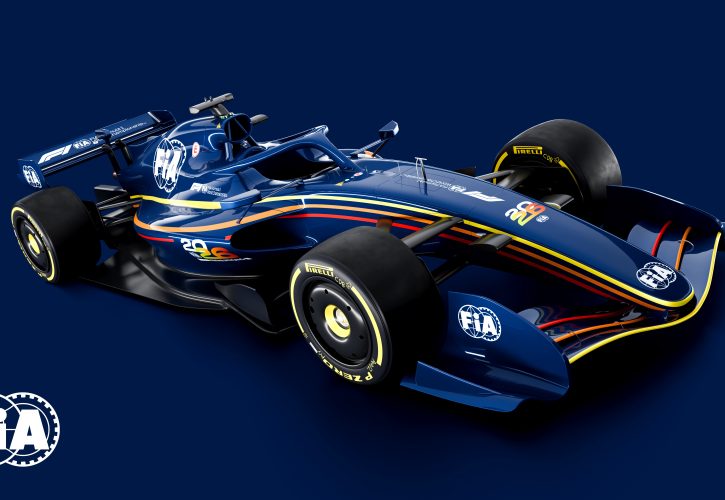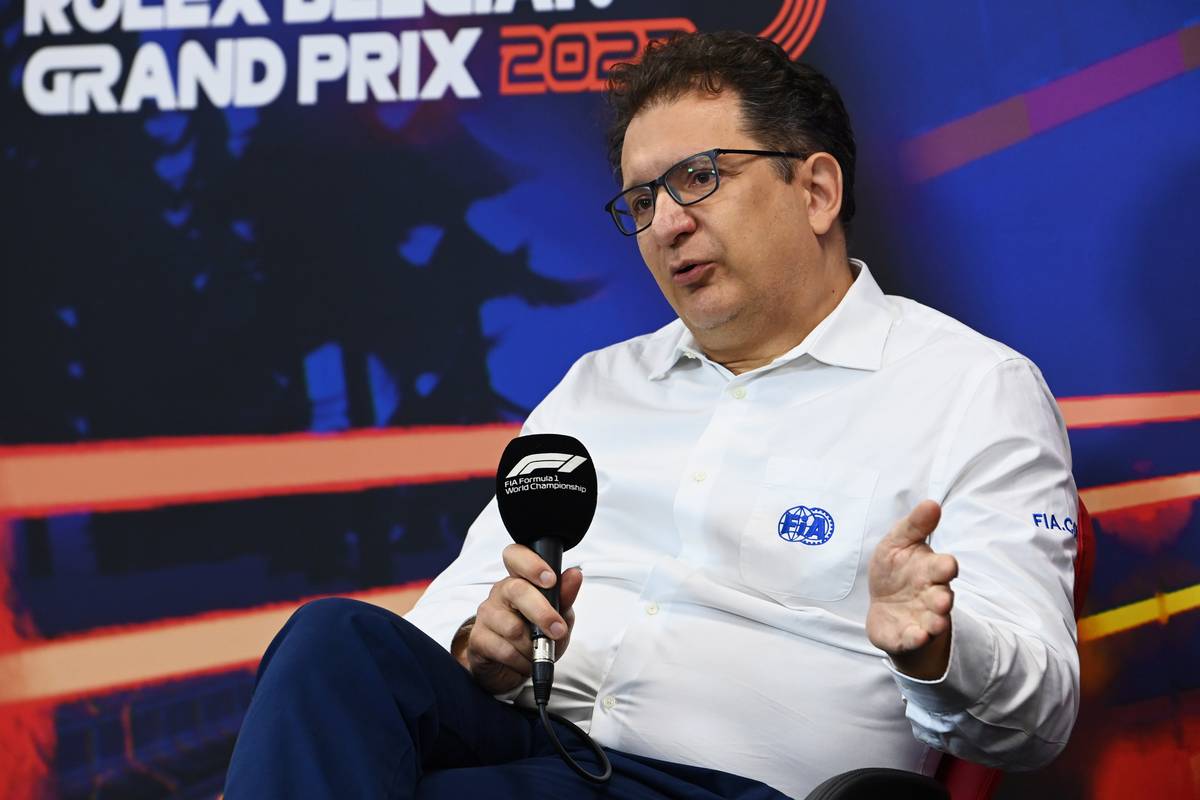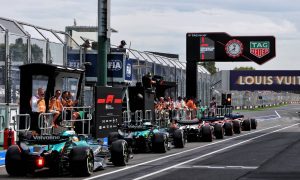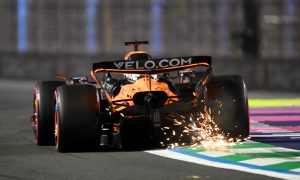
The FIA has indicated a willingness to listen to Formula 1’s teams regarding their concerns over the sport’s 2026 regulations, and potentially adjust the latter.
The FIA revealed on Thursday a comprehensive overview of the technical prescriptions that will guide the design of Grand Prix racing’s next-generation cars.
However, various areas of the future regulation platform have caught the attention of a number of teams.
One point of concern is the lack of downforce of the FIA’s ‘nimble car’ concept, with engineers concerned that the 2026 F1 cars - which will feature ‘active aerodynamics’ – might be slower than Formula 2 cars when it comes to cornering speeds but blistering fast down the straights.
Another major point of contention that has emerged among the teams is the perceived restrictiveness of the new regulations on car development.
Teams fear that these limitations might stifle their ability to innovate and improve their cars, potentially homogenizing the grid and reducing competition.
Read also:
“We are in agreement and we support the intent and the objectives at eye level that were stated in the press release,” noted McLaren team boss Andrea Stella.
“However, if we look at the regulations in the draft form that has been circulated, they are still far from being able to achieve those agreeable objectives and intent.
“So it is the time for the FIA, F1, and the teams to work together, listen to one another, and contribute to form a solution that will allow the sport to meet those objectives.
“I think if we meet those objectives, we’re going to have Formula 1 in good shape.
“But we need to make sure that when it’s the time of implementation, we actually deliver a product that meets those targets and objectives.”

FIA Head of Single-Seater Technical Matters, Nicholas Tombazis.
While the current draft of the 2026 regulations is on track for presentation to the FIA's World Motor Sport Council next week, with a potential ratification vote on June 28th, the FIA has made a key concession.
The governing body has acknowledged the concerns raised by teams and expressed a willingness to collaborate on improvements before finalizing the rules.
This collaborative approach suggests a potential delay in the final ratification to allow for revisions that address the teams' anxieties.
“The World Council discussion and hopefully approval is the first step,” commented the FIA’s single-seater director Nikolas Tombazis.
“We are not in the final set of regulations yet and we do have quite a few things that we need to find and discuss with the teams. We are equally conscious of some of the concerns regarding downforce with the cars or straightline speed, and these are things that we class as refinements that still need to take place.
“So between, let's say, the end of the month, when these regulations would hopefully be published, and the start of 2025 when teams can start aerodynamic development, because they cannot start earlier, we do expect a reasonable amount of extra work to be done in full consultation with the teams, with FOM and everybody else.
“Hopefully that will lead to some refinements that will be submitted to the World Council, maybe a bit later in the year and hopefully approved.”

While Tombazis conceded that the current regulations might paint a concerning picture of slow car performance in 2026, he assured everyone that the finalized rules will address these issues, and expressed his confidence that the 2026 cars will deliver a different, more exciting experience.
“I think the fears are accurate, because people are taking a snapshot of what the regulations are on a piece of paper now, and are making comments on the basis of what they see," he explained.
“I don't have any concern about these issues raised by people, but clearly we have full expectation to make some steps up for performance. And that's exactly why we've set the bar reasonably low to start with, so we can build up on that with collaboration with the teams. To increase the downforce of these cars is actually quite easy.
“So I understand the comments, but I don't think there's any concern these cars will not be faster than F2 or anything like that. I think that will be 100% resolved when we are in the final regs.”
F1's commitment to new turbo hybrid engines in 2026, featuring a 50/50 power split between the internal combustion engine (ICE) and battery components, has led to compromises being made on the chassis side.
Some competitors have suggested that boosting the ICE’s power output, be reducing fuel flow restrictions, would increase car speed.
Although this idea has been previously dismissed, Tombazis indicated that it might be reconsidered if F1’s power unit manufacturers support such a change.
Keep up to date with all the F1 news via Facebook and Twitter







